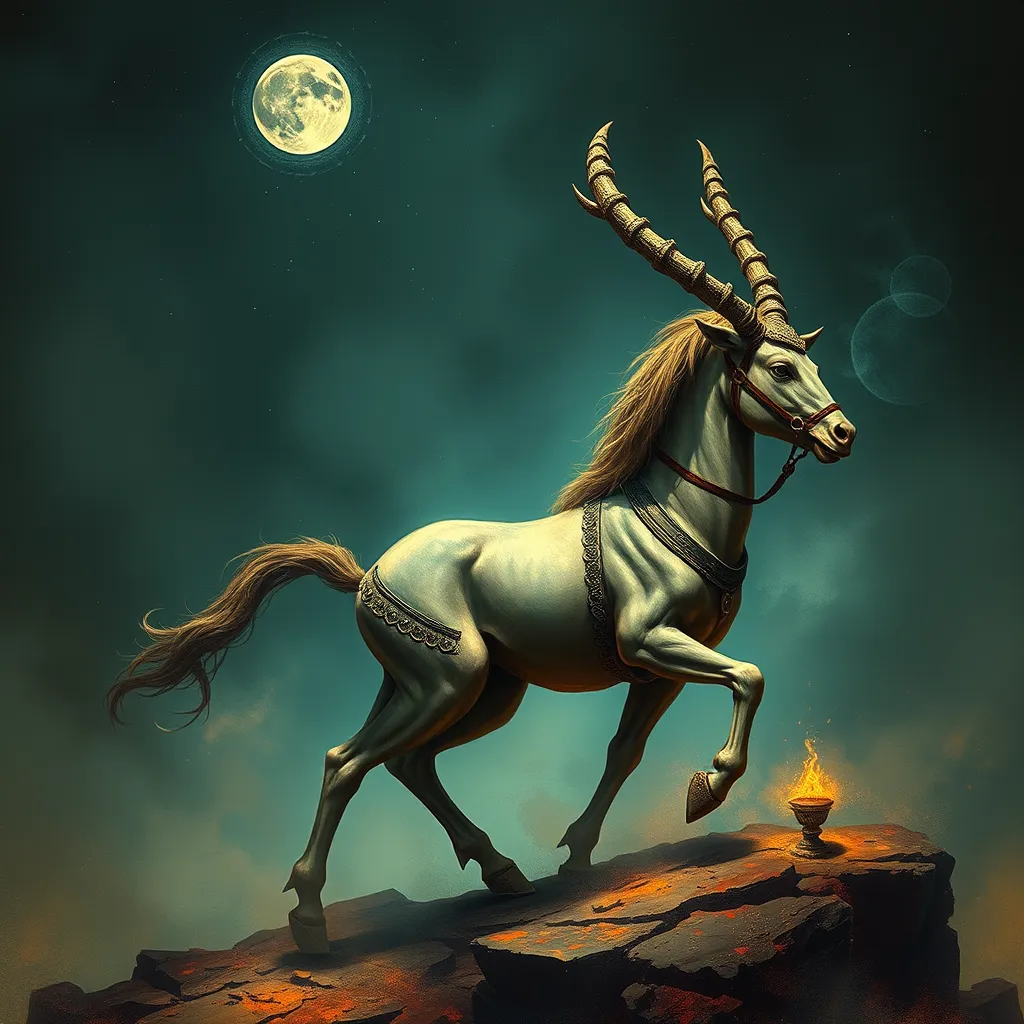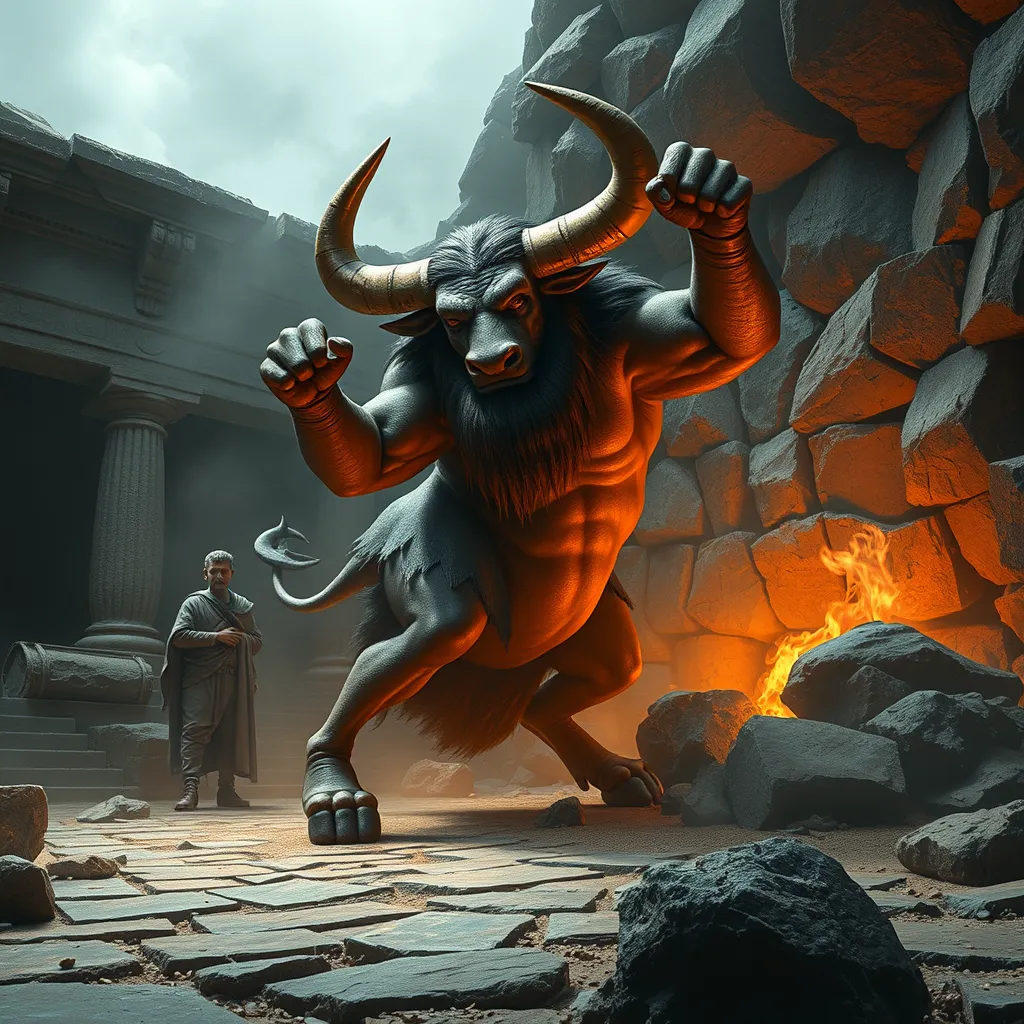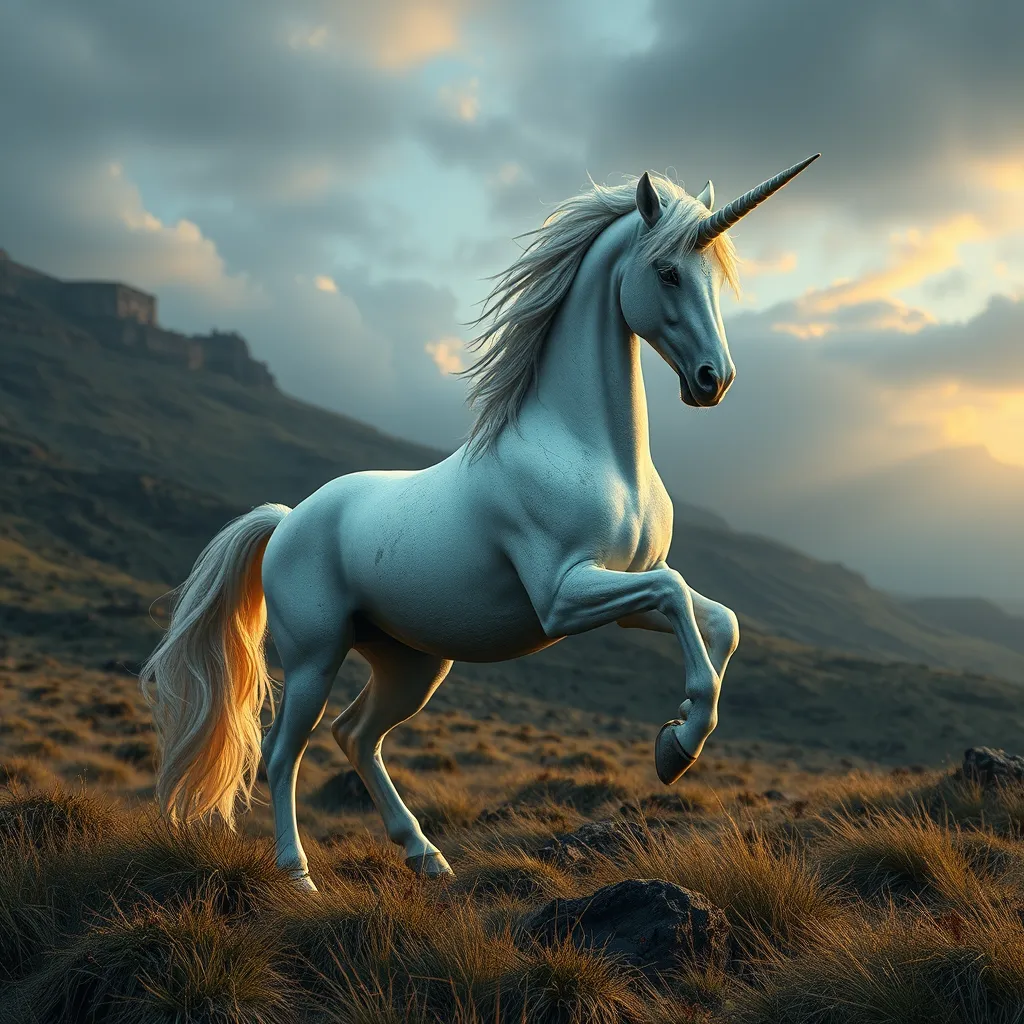The Centaur in Indian Mythology: The “Ashva-purusha” and the Centaur’s Role in Indian Mythology
I. Introduction
Centaurs, mythological creatures that are half-human and half-horse, have long captured the imagination across various cultures. In Western mythology, they are often depicted as wild and untamed beings, embodying the duality of nature. However, the concept of the centaur is intriguingly mirrored in Indian mythology through the figure of the “Ashva-purusha.” This unique representation blends the attributes of a horse and a human, reflecting a rich tapestry of cultural significance and symbolism. Exploring the role of the Ashva-purusha within Indian mythology allows for a deeper understanding of how cultures interpret the fusion of human intellect and animal instinct.
II. Understanding the Ashva-purusha
The term “Ashva-purusha” translates to “horse-man” in Sanskrit, and it holds a prominent place in Hindu texts. This composite figure symbolizes not just physical attributes but also embodies various philosophical and spiritual meanings.
- Definition and Significance: The Ashva-purusha is often associated with the divine and is seen as an embodiment of energy and strength.
- Symbolism: In Indian culture, the horse represents power, speed, and vitality, while the human component signifies intellect and civilization. Together, they illustrate a harmonious balance between instinct and reasoning.
- Comparison with Western Centaurs: Unlike the often chaotic and untamed centaurs of Western lore, the Ashva-purusha is frequently viewed through a lens of divinity and ritualistic importance in Indian beliefs.
III. Historical Context of the Ashva-purusha
The Ashva-purusha has roots in ancient Indian texts and has evolved over time.
- Ancient Texts: The earliest mentions of the Ashva-purusha can be found in the Vedas, particularly in the Rigveda, where it is associated with cosmic and ritualistic themes.
- Evolution: Over centuries, the figure has transformed, influenced by various dynasties and cultural shifts within India, adapting to regional beliefs and practices.
- Regional Variations: Different regions of India have their interpretations of the Ashva-purusha, reflecting local customs, traditions, and religious practices.
IV. The Role of the Ashva-purusha in Vedic Literature
The Ashva-purusha is prominently featured in Vedic literature, especially in the context of rituals and sacrifices.
- Examination in Vedic Texts: In the Rigveda, the Ashva-purusha is often invoked in hymns that celebrate the power of horses and the significance of equine symbolism in Vedic rituals.
- Ritualistic Significance: The Ashvamedha, or horse sacrifice, highlights the importance of the Ashva-purusha, as it symbolizes the king’s power and divine right to rule.
- Duality in Philosophy: The Ashva-purusha represents a philosophical duality, merging the instinctual nature of animals with the reasoning capabilities of humans, suggesting an ideal balance that is crucial for spiritual growth.
V. The Ashva-purusha in Epics and Puranas
In the grand narratives of Indian epics and Puranas, the Ashva-purusha is depicted in various forms and contexts, showcasing its adaptability and relevance.
- Depictions in Mahabharata and Ramayana: These epics feature characters that resonate with the qualities of the Ashva-purusha, often portraying them as heroic figures with attributes of strength and wisdom.
- Key Characters: Figures such as Ashvatthama, who was born from a horse and embodies the warrior spirit, exemplify the Ashva-purusha archetype.
- Puranic Narratives: Various Puranas illustrate the Ashva-purusha in cosmological contexts, emphasizing its role in the creation and sustenance of the universe.
VI. Cultural Significance and Symbolism
The influence of the Ashva-purusha extends beyond texts, permeating various aspects of Indian culture.
- Art and Dance: The figure of the Ashva-purusha is often represented in traditional Indian art forms and dance, symbolizing grace, strength, and the connection between the earthly and the divine.
- Astrology: In Indian astrology, the centaur-like figure is sometimes associated with zodiac signs, representing the dual nature of human existence.
- Symbol of Balance: The Ashva-purusha serves as a potent symbol of balance, embodying the fusion of primal instincts with civilized thought, which is essential for harmony in life.
VII. Contemporary Interpretations and Representations
In modern times, interest in the Ashva-purusha and centaur-like figures has experienced a resurgence.
- Modern Adaptations: Contemporary literature and media have reimagined the Ashva-purusha, portraying it in new narratives that resonate with modern audiences.
- Cultural Resurgence: The centaur-like figures are becoming popular in Indian culture, with artists and storytellers drawing upon this rich mythological heritage to explore themes of identity and belonging.
- Relevance in Identity Discussions: The Ashva-purusha symbolizes the interconnectedness of various aspects of identity, reflecting the complexities of modern life and the quest for understanding one’s place in the world.
VIII. Conclusion
The Ashva-purusha holds a significant place in Indian mythology, embodying the rich interplay between human and animal traits, intellect and instinct. As a figure that connects various realms of existence, it serves as a bridge between the divine and the earthly. Exploring the Ashva-purusha invites deeper reflection on how mythological figures can inform contemporary understandings of identity, culture, and interconnectedness. The centaur, in its various forms, continues to inspire and provoke thought, encouraging further exploration of mythological narratives across cultures and time.



